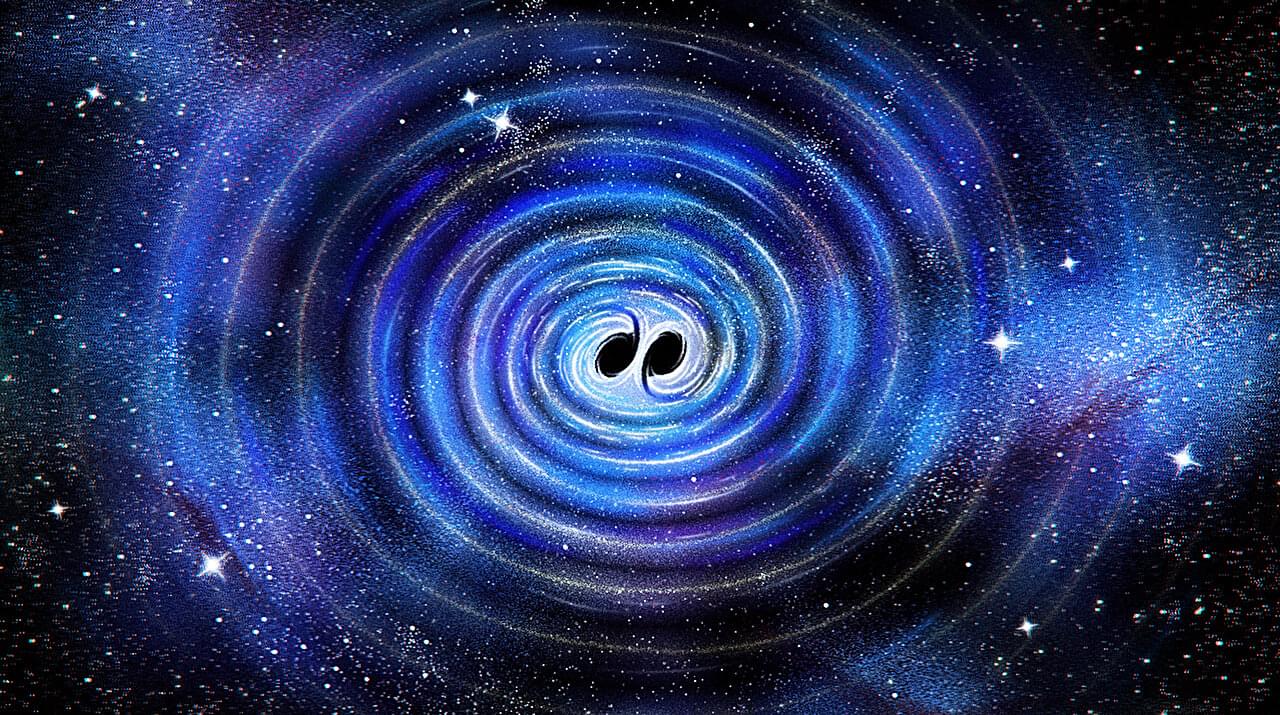Material capable of securely bonding fractured bone fragments within 2–3 minutes in a blood-rich environment.
Chinese researchers on Tuesday unveiled their self-developed world’s first “bone glue” material capable of securely bonding fractured bone fragments within 2–3 minutes in a blood-rich environment.
Inspired by oysters, this new biomaterial, with a maximum adhesion strength of over… pic.twitter.com/7ozvRrQBP0— China Science (@ChinaScience) September 10, 2025
ในช่วงไม่กี่ปีที่ผ่านมา จีนได้แสดงศักยภาพด้านวิทยาศาสตร์การแพทย์อย่างต่อเนื่อง หนึ่งในผลงานที่ได้รับความสนใจระดับโลกคือการพัฒนาวัสดุชีวภาพชนิดใหม่ที่เรียกว่ากาวกระดูก (Bine Glue) ที่สามารถเชื่อมกระดูกที่หักให้ติดกันได้ภายในระยะเวลาเพียง 3 นาที





